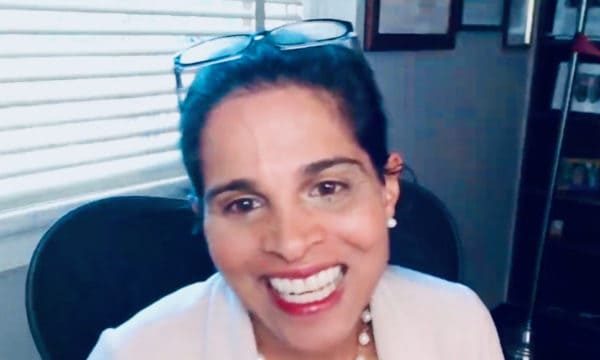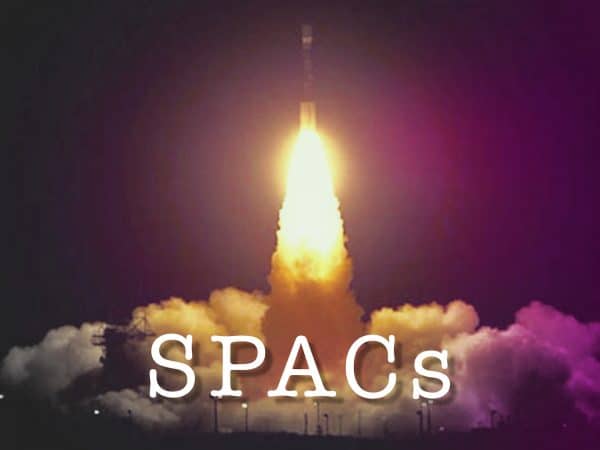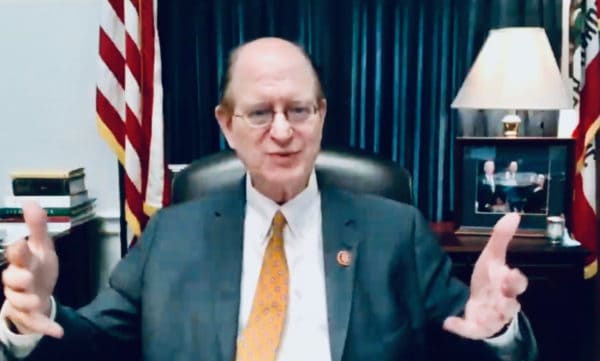On Monday, May 24, the House Subcommittee on Investor Protection, Entrepreneurship, and Capital Markets, part of the House Financial Services Committee held a hearing entitled “Going Public: SPACs, Direct Listings, Public Offerings, and the Need for Investor Protections.” While the title of the hearing addressed several types of public offerings most of the conversation targeted the SPAC market.
Special Purpose Acquisition Companies [SPACs] or blank check firms have garnered a good amount of attention in the past year and a half as they have boomed and high profile private firms have become public via a SPAC. The subcommittee memo address the hearing stated:
“In the past two years, there has been a rapid increase in new SPAC IPO activity. In 2020, the number of new individual SPAC offerings rose 420 percent over the prior year and surpassed the $67 billion raised by traditional IPOs, with new SPAC IPOs earning $83 billion in investments. 2021 has been an even more active year for SPAC activity, with 315 new SPAC IPOs, a 27 percent increase over 2020, in just the first five months of the year.”
The tenor of the hearing is best messaged in the statement provided by Representative Maxine Waters, Chairwoman of the Financial Services Committee:
“Special purpose acquisition companies, known as SPACs, or “blank check companies” have skyrocketed in popularity as a way for private companies to “go public” and avoid the public scrutiny of an Initial Public Offering or IPO process. In 2020, the amount of proceeds raised by SPACs jumped an astounding 462% over the previous year. I have deep concerns about the lack of transparency and accountability that is a hallmark of the SPAC process, and it appears that SPAC mergers are structured to ensure Wall Street insiders receive huge profits and retail investors pay the cost. So, I look forward to discussing with our witnesses what Congress and the SEC can do to better protect investors and ensure our markets are fair.”
So what did the witnesses have to say?
Andrew Park, Senior Policy Analyst for Americans for Financial Reform, called the exponential growth of SPACs “concerning” because they have “performed very poorly for retail investors, while the issuers, advisers, and a select group of institutional investors profit.”
As a SPAC is created with the goal of a merger or acquisition of an operating firm, the public offering of a SPAC is based off the resume of the sponsors and their stated intentions. Once the money is raised, typically a SPAC has 18 months to two years to find a target firm which to take public. Park worried that “minimal substantive disclosures” are required at the IPO stage of the SPAC.
“The SPAC surge appears to be driven in part by private companies’ desire to exploit the perceived speed, greater negotiating power to get a higher price for themselves than in the private markets, streamlined disclosures, reduced liability, and reduced shareholder rights offered by the SPAC process. Given these features, it is not surprising that highly speculative companies (e.g., those related to crypto currencies, like eToro and Bakkt) are looking to access the public markets via SPAC mergers.”
Park states that retail investors are “buying into hype” perhaps pouring their life savings into SPAC even as they underperform over time – largely due to “the sizeable upfront compensation to the sponsor.”
 , Professor of Corporate & Securities Law at the University of Georgia School of Law, said:
, Professor of Corporate & Securities Law at the University of Georgia School of Law, said:
“Treating the de-SPAC, which is the functional equivalent of an IPO, differently from an IPO weakens investor protections without a good policy reason. And while more robust and standardized disclosure is necessary, it is not sufficient.”
Rodrigues believes the current IPO market is not broken and does not need to even though listing on a public market is a slow and difficult process, “it should be.” The fact that SPACs allow forward-looking statements in the de-SPAC process is something she believes conditions the market and skirts certain traditional IPO rules.
Stephen Deane, CFA, Senior Director of Legislative and Regulatory Outreach at the CFA Institute, said:
“Unfortunately, SPACs have displayed a clear pattern of winners and losers. Big investors – the SPAC sponsor, the hedge funds and others who invest in the IPO, and investors in the PIPE – generally do very well. Retail investors—who often buy their shares at the time of the merger announcement and hold them into the post-merger period—generally do poorly.”
Deane cited a study, reviewing data from January 2019 to June 2020, that indicated SPAC sponsors generated a mean return of 393% – three or six months after the merger.
Deane added that SPACs have misaligned incentives as there is a strong incentive to complete a merger even if it is not a good deal.
Deane also pointed at the “disparate regulatory treatment of forward-looking statements” regarding a SPAC merger and a traditional IPO.
Scott Kupor, Managing Partner at Andreessen Horowitz, focused more of his commentary on the need to improve the IPO market as it has been in decline for years.
Regarding SPAC performance, Kupor said it has been “un-even,” citing similar data regarding a disparity of returns between institutional money and retail investors.
What was missing from this hearing was a strong proponent of the SPAC market. The subcommittee did itself a disservice by not including an industry participant that could balance some of the aforementioned arguments.
As was previously reported, the House currently has several bills in process which may undermine SPAC issuances if signed into law. Recent comments issued by the Securities and Exchange Commission have already slowed down SPAC IPOs – perhaps accomplishing an unstated goal.



